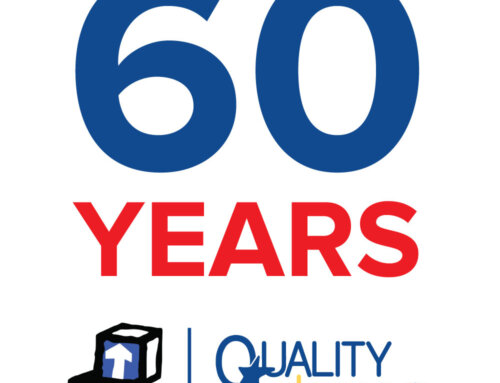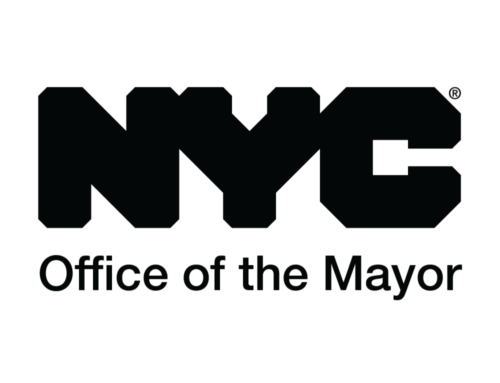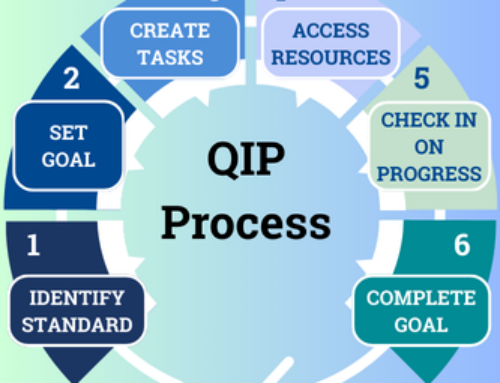
By Amy Kiley, QUALITYstarsNY Quality Improvement Specialist
Have you ever paused to consider the learning environment you’re creating for young children in your program? Does it truly reflect the philosophy that inspired you when you first set out on this journey? If it does, what are the elements that bring this philosophy to life in your space? If not, it may be time to revisit that foundational philosophy and consider how and why children learn, ensuring that your environment mirrors these values.
The Importance of Your Philosophy
Your philosophy is the blueprint for the learning environment you create. It encapsulates what you believe is essential for young children to learn and grow. Whether fostering creativity through play, promoting a sense of belonging, or emphasizing practical life skills, your philosophy should be visibly reflected in the spaces you design. This means thinking deeply about the materials you choose, the layout of the room, and the interactions you facilitate between children and their environment. As you support, revise, or create your philosophy, you can refer to the QUALITYstarsNY Standards, particularly the Learning Environment (CPI 1: Curriculum, Planning, and Implementation) to ensure your space aligns with best practices.
Considering Your Demographics
Your program may cater to infants, toddlers, preschoolers, or a mix of these age groups. Each stage of development comes with its own set of needs and experiences that should be supported by the learning environment. For example, infants require a safe, nurturing space with opportunities for sensory exploration, while preschoolers may benefit from areas that encourage social interaction, problem-solving, and imaginative play. It’s also important to consider the community you serve and ensure your environment is culturally relevant and responsive.
The interactions you have with children will vary depending on their age and developmental stage. Reflecting on your philosophy can help ensure that these interactions align with the experiences you want to create.
Incorporating Culture and Community
Incorporating culture and community into an early learning environment is essential for creating a space that is inclusive, welcoming, and reflective of the diverse backgrounds of the children and families in your program. Here are some strategies to ensure your environment celebrates and reflects the culture and community of those you serve:
1. Create a Culturally Inclusive Space
- Representation in Materials: Include books, toys, posters, and other materials that represent the diverse cultures, languages, and traditions of the children and families in your program. Ensure that these materials depict various aspects of daily life, celebrations, and traditions from around the world.
- Cultural Artifacts and Decor: Display cultural artifacts, fabrics, artwork, and decorations that reflect the backgrounds of the children. This could include traditional clothing, instruments, or items that are meaningful in their cultures.
- Language Inclusion: Label items in the classroom in multiple languages, especially the languages spoken by the children. Include bilingual books and songs in daily routines to support language diversity.
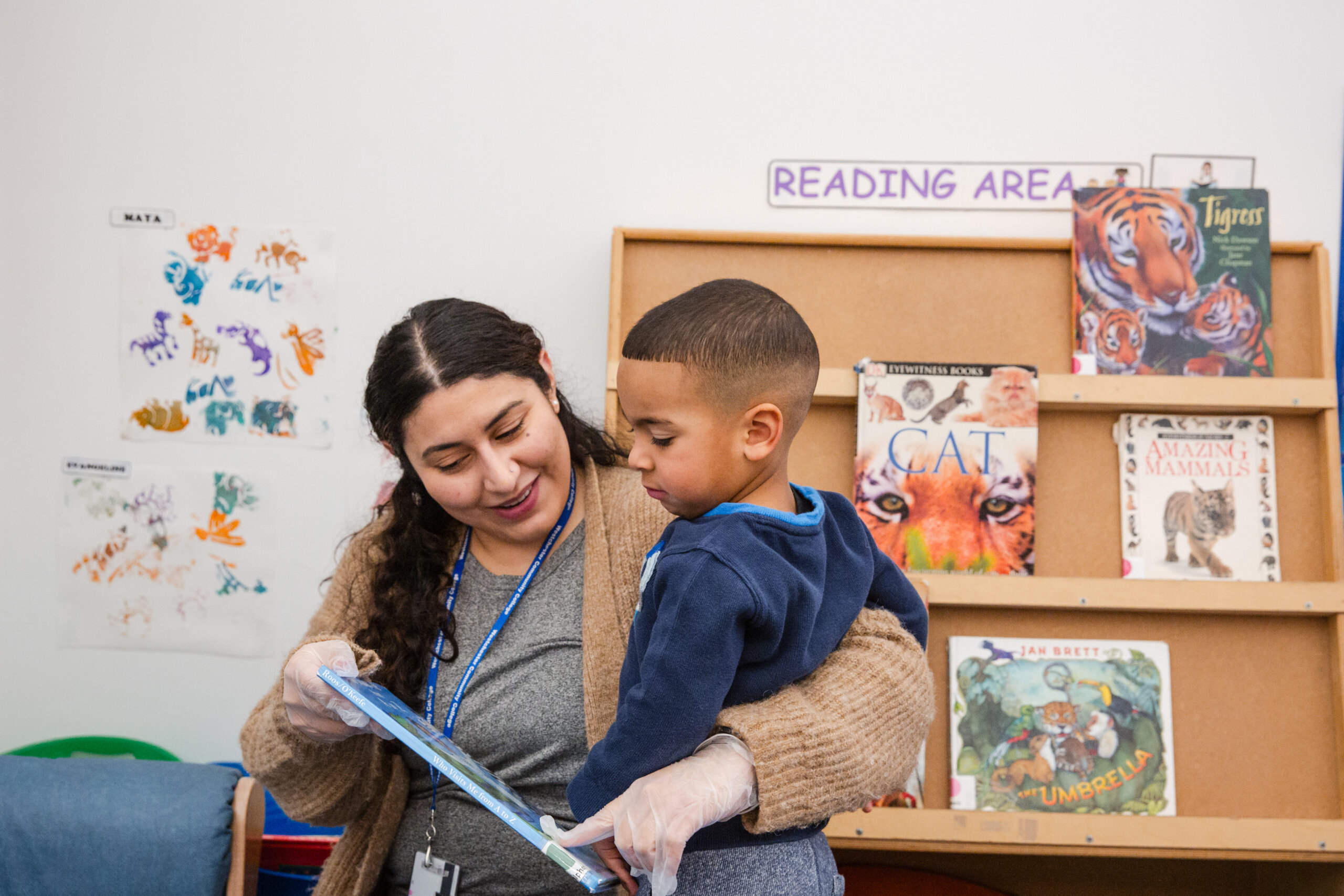
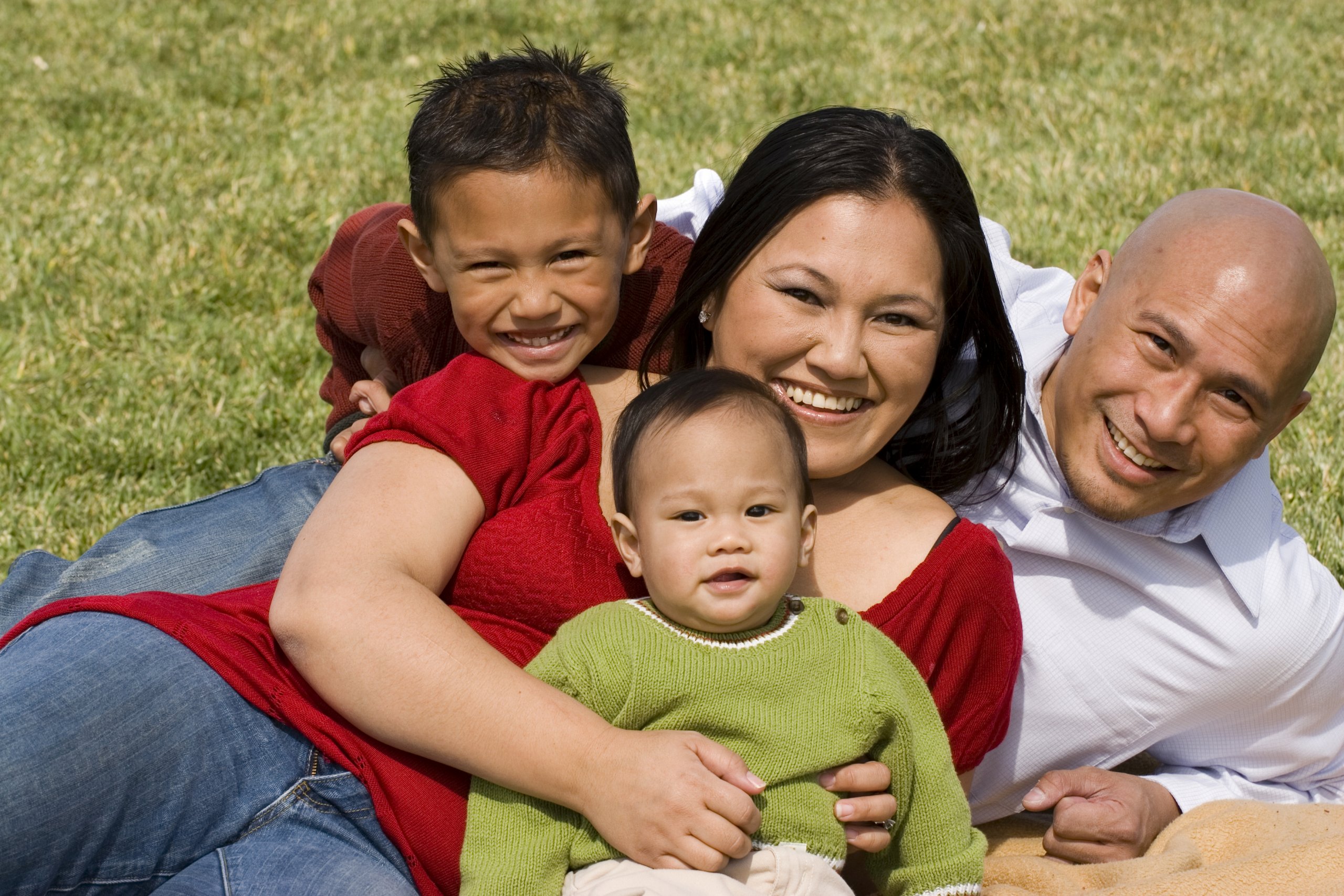
2. Incorporate Community and Family
- Family Involvement: Invite families to share their cultural traditions, stories, and experiences with the class. This could be through storytelling, cooking a traditional meal, or demonstrating a cultural dance or craft.
- Community Partnerships: Build relationships with local cultural organizations, artists, and community leaders. They can visit the classroom to share their knowledge and experiences, providing children with a broader understanding of their community.
- Community Events: Participate in or host community events that celebrate cultural diversity. This could include festivals, cultural days, or family potlucks where everyone brings a dish from their culture to share.
3. Reflecting Cultural Practices in Daily Routines
- Celebrations and Holidays: Acknowledge and celebrate cultural holidays and events that are important to the families in your program. Create a calendar that includes these holidays, and plan activities that allow children to learn about and participate in these celebrations.
- Cultural Practices in Play: Incorporate cultural practices into play areas. For example, a dramatic play area could be set up as a marketplace that reflects the foods, clothing, and traditions of different cultures. Or, you might create a “home corner” that includes items from various cultural traditions, allowing children to engage in role-play that reflects their own experiences.


4. Encourage Open Dialogue and Understanding
- Cultural Sharing Circle: Regularly hold “sharing circles” where children can talk about their family’s traditions, food, or a recent celebration. Encourage children to ask questions and learn from one another’s experiences.
- Inclusive Storytelling: Use storytelling to introduce children to different cultural perspectives. Select stories that reflect the diversity of the classroom and discuss the values, traditions, and lessons from these stories.
5. Personalize Learning to Reflect Cultural Backgrounds
- Cultural Learning Themes: Integrate cultural themes into your curriculum. For example, if a child’s family is from a specific region, you could explore that region’s geography, language, and traditions in your lessons.
- Individualized Learning Plans: Recognize that children’s cultural backgrounds influence how they learn and interact with the world. Tailor learning activities to reflect the cultural contexts that are familiar and meaningful to them.
6. Foster a Sense of Belonging
- Welcome Messages: Create a welcoming atmosphere with signs and greetings in the languages spoken by the children and families. Ensure that all children see themselves reflected in the environment.
- Inclusive Environment: Make sure the environment is one where all children feel they belong, regardless of their cultural background. This could be achieved through inclusive practices such as celebrating differences, encouraging mutual respect, and promoting empathy and understanding.


7. Continuous Learning and Adaptation
- Professional Development: Engage in ongoing professional development to learn about cultural competence and how to create an inclusive environment. This might involve training on anti-bias education, learning about different cultures, or strategies for supporting multilingual learners.
- Feedback from Families: Regularly seek feedback from families about how well the program reflects their culture and community. Use this feedback to make adjustments and improvements.
By integrating culture and community into your early learning environment, you create a space where every child feels valued, respected, and connected to their heritage. This not only enriches the learning experience but also fosters a sense of identity, belonging, and mutual respect among the children and families you serve.
Drawing Parallels: Your Learning Environment as a Coffee Shop
Think about your favorite coffee shop. Why do you go there? Is it the comforting smell of freshly brewed coffee, the warm lighting, or the cozy arrangement of furniture? Perhaps it’s the way you’re greeted by name, it’s those interactions that make you feel valued as a customer. Just as a coffee shop carefully crafts its environment to appeal to its target demographic, your early childhood program should do the same for the children and families you serve.
Your learning environment should be a place where children feel welcome, where the design and atmosphere invite them to explore, learn, and grow. Just as a coffee shop considers the sensory experiences of its patrons, you should think about the sensory experiences of the children in your care—how the space looks, feels, sounds, and even smells.
Applying the Environmental Rating Scale (ERS)
The Environmental Rating Scale (ERS) is a valuable tool to guide you in creating a high-quality learning environment. It helps you evaluate and enhance various areas of your classroom, ensuring they support the developmental needs of the children.
For instance, consider the dramatic play area. It’s not just about having the right materials but also about creating experiences that resonate with children’s lives through interactions. If your philosophy values practical life skills, you might set up a dramatic play area that mirrors real-world scenarios, like a kitchen or a pizza parlor.
Even if you don’t have a full kitchen set, you can get creative with what you have. Prop boxes, for example, can transform a simple box into a pizza oven or a restaurant counter. Add a cash register, a telephone, some paper, and small pencils, and you’ve created a rich, interactive experience where children can explore roles, practice math skills, develop new vocabulary, and engage in meaningful social interactions.
Reflecting Your Philosophy in Every Area
As you move through your classroom, consider how each area aligns with your philosophy. What experiences are you providing? How do these experiences support children’s learning and development? If resources are limited, think creatively about how you can repurpose what you already have to create meaningful experiences.
In the end, the most important element in any learning environment is the interactions between you and the children. These interactions should reflect your philosophy and support the experiences you want to create. Whether it’s encouraging a child to solve a problem, guiding them in their social interactions, or simply listening to their ideas, your role is to bring your philosophy to life through every interaction and every element of your environment.
Your learning environment is more than just a physical space—it’s a reflection of your values, your understanding of child development, and your commitment to providing the best possible experiences for the children in your care. By continually reflecting on your philosophy and its manifestation in your environment, you ensure that your program remains a place where children can thrive.

